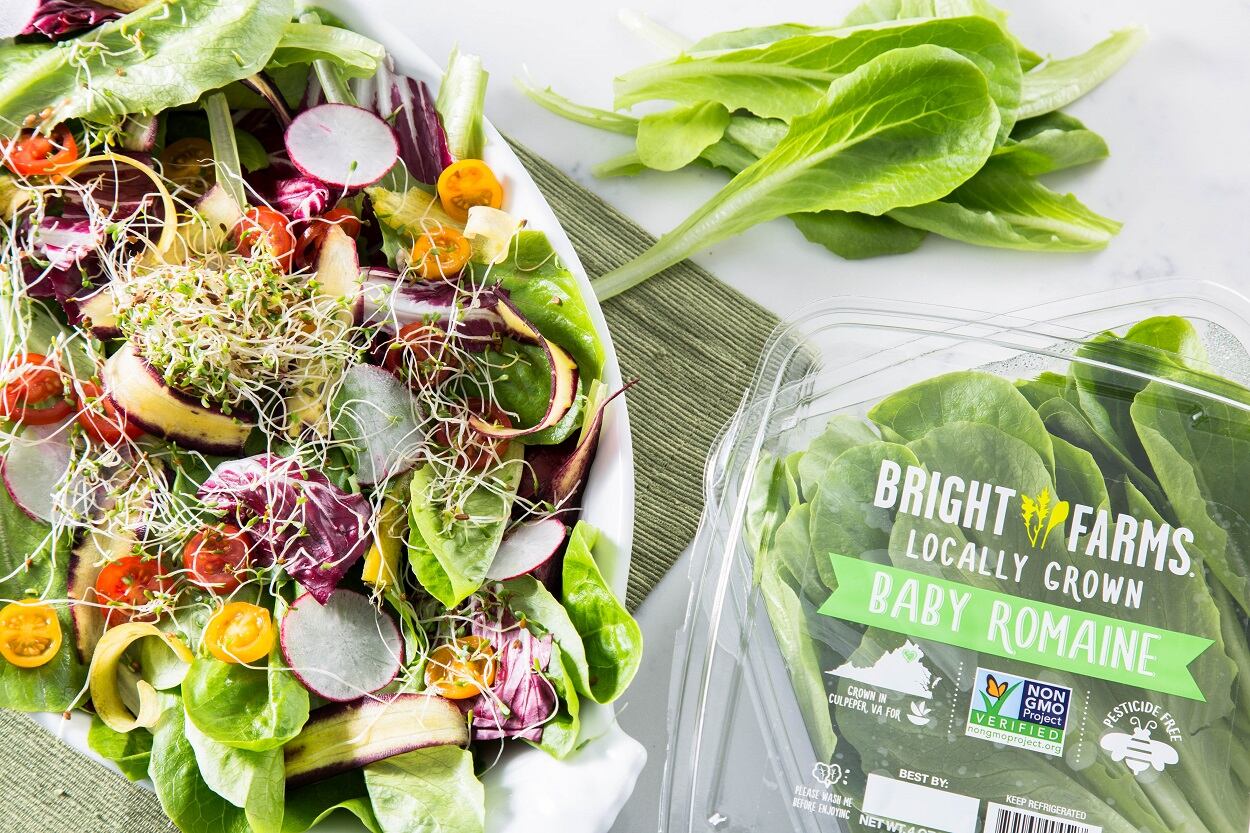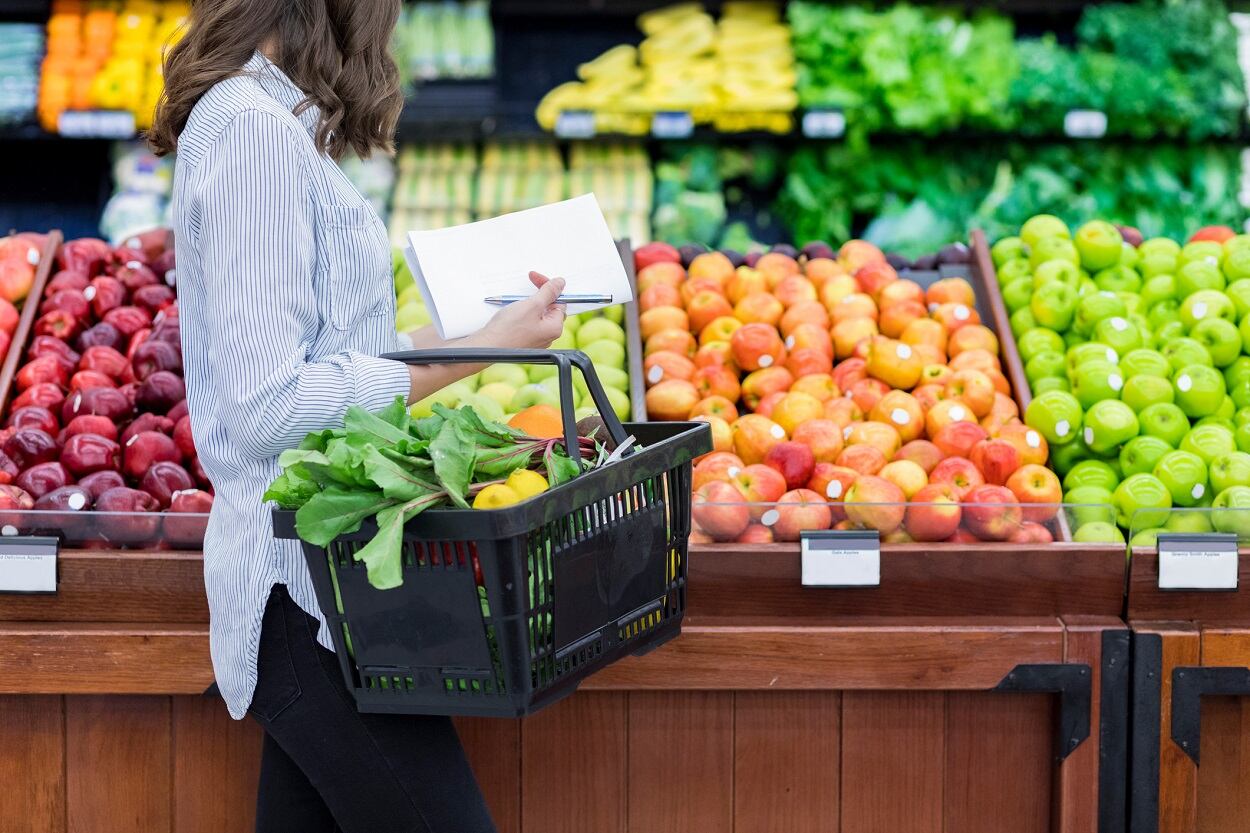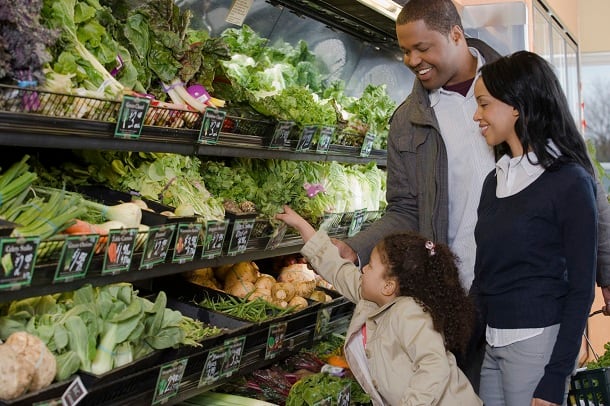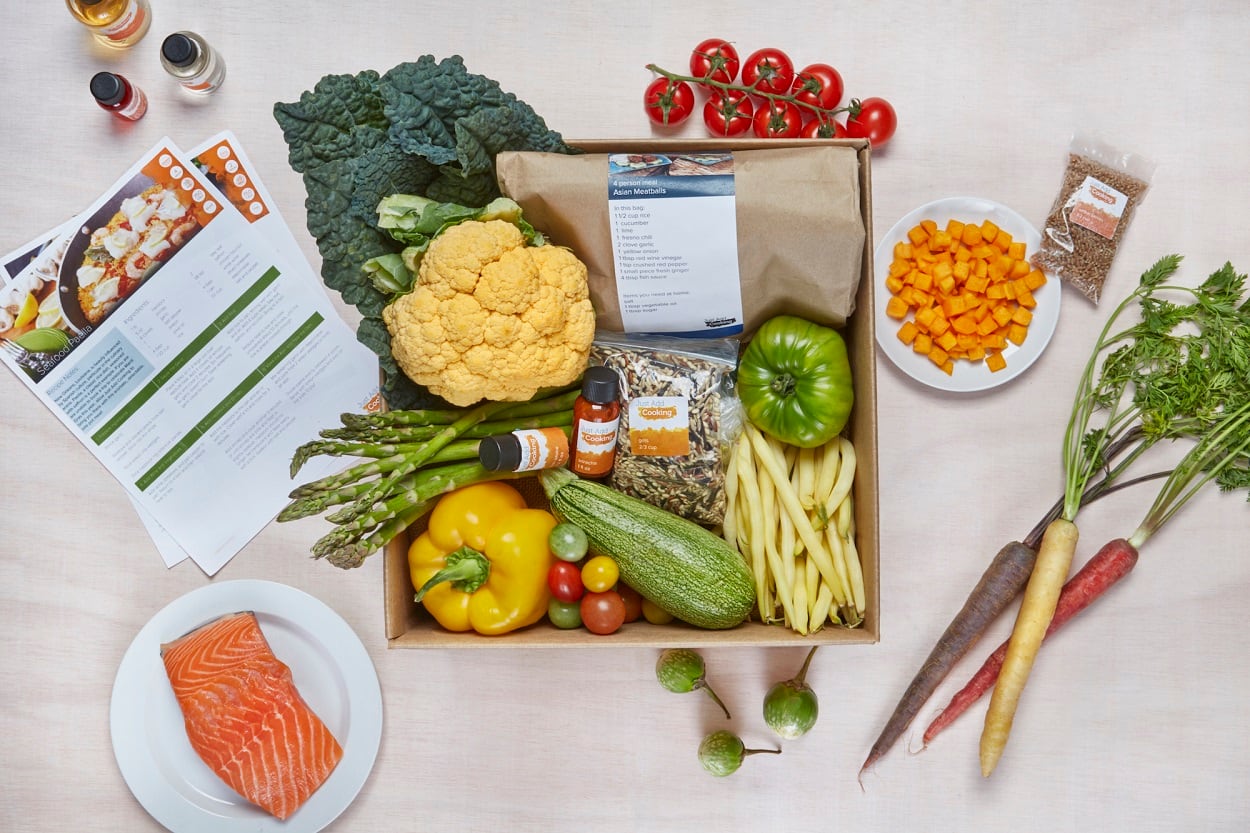According to the Food Marketing Institute's Power of Produce report, consumers are 60% more likely to buy a local-grown item (if quality and price are the same) compared to

a conventional or organic item.
“There are a lot of reasons why consumers care about local. The one that really drives their purchase behavior is freshness and appearance,” Prior told FoodNavigator-USA.
In fact, FMI found that 58% of impulse produce purchases are based on appearance of freshness and quality, overtaking price as a purchase driver.
“When you walk up to the shelf, you want to see that product that is vibrant, that is bright, that just looks fresh and delicious.”
According to Prior, BrightFarms’ strongest selling proposition is the visible freshness of its products, which don’t have to withstand the rough and tumble shipping process that other produce typically does.
“It’s a lot easier to do that when you’re a brand that’s getting product to shelf within 24 hours vs. a product that has spent somewhere between five and seven days in a shipping container or in a truck making its way across the US,” she said.
National potential of local
According to Prior, retailers have faced limited access to local produce at a commercial scale.
“What is really holding back local is availability,” Prior explained.
“Local continues to be the greatest demand driver, but it’s the hardest for supermarkets to do. The logistics aren’t in place, the food safety isn’t in place in a lot of cases. What we deliver is what we call commercial scale local. We have the logistics in place to deliver to their distribution centers with regularity and consistency.”
“It’s sort of an oxymoron, but we will be the first nationwide local produce company in the next five years,” Prior said.
The hydroponic grower will be doubling its number of greenhouses adding four new and larger facilities next year, which all harness natural sunlight – save for a short period during the winter when artificial light is used – to grow its tender leaf lettuce varieties.
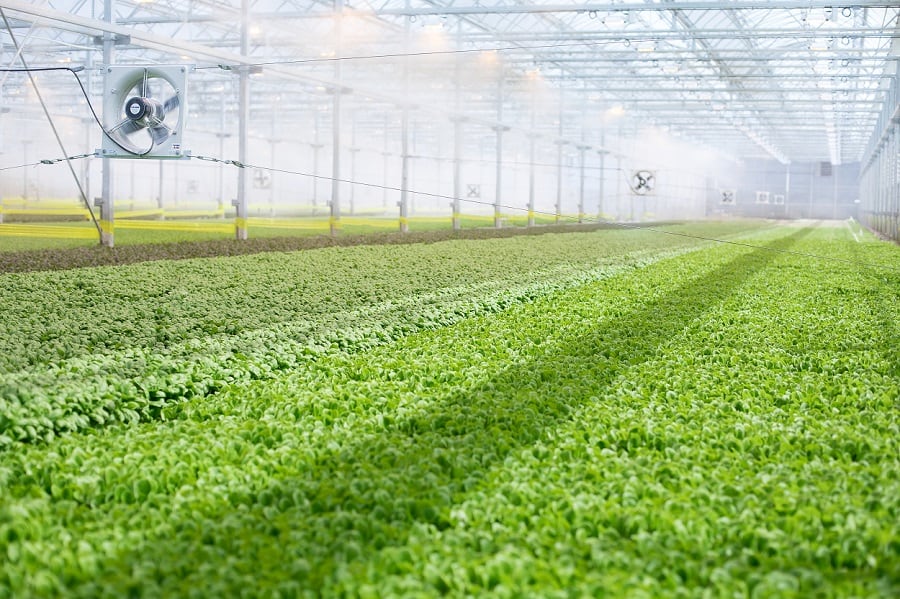
Each of BrightFarms’ existing greenhouses reaches a radius of approximately 200 miles and services anywhere from 300 to 400 retail stores, Prior said.
What makes BrightFarms baby greens different?
AHDB (Agriculture and Horticulture Development Board) defines baby leaf crops as "the young leaves and petioles of any plants grown for harvest beyond the seedling stage (after true leaves have formed) but before the eight true-leaf stage."
"Everything we grow is grown as a baby green, cut at that baby green stage," Prior said. "They’re really light, small, and convenient for consumers."
According to Prior, its spinach baby leaf product has become its #1 selling SKU.
From the beginning, BrightFarms was focused on forming retail partnerships with conventional retailers such as Kroger and Mariano’s stores out of its Illinois greenhouse, Albertsons’ Acme stores in Pennsylvania, and most recently, launching into Walmart locations in Ohio and Western Pennsylvania through its Wilmington, Ohio greenhouse.
“Working with those large retailers is part of the way that we’ll scale nationally and quickly, getting better local foods to more consumers as quickly as possible,” Prior shared.
“We want to be able to service most consumers in the market at price point they can afford.”
Local vs. organic growth
To qualify as an USDA organic certified product, there are host of requirements a food company or grower must obtain. And while locally-grown is not a regulated term, it’s an easy concept for consumer to get behind and support, according to Prior.
“There’s no question that the demand for local now outweighs the demand for organic,” she said.
“We like to think of local today being where organic was 15 years ago.”
Prior does credit organic for reinvigorating the lettuce and salad category, but claims that the organic boom has started to peter out slightly.
“As we think about where the category is, we think it’s ripe for the next revolution. The last one was the launch of organic clamshells (plastic packaging). Local is the growth driver in this segment already,” Prior added.
“It’s off of a small base, but if you look at retailers that have a strong local program, they’re really driving growth in this category.”

